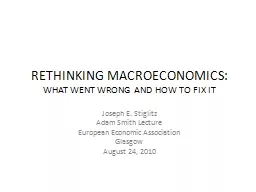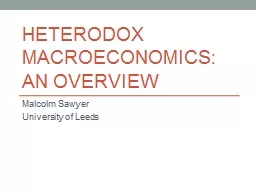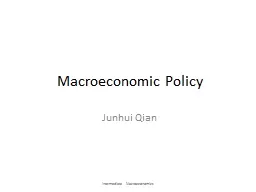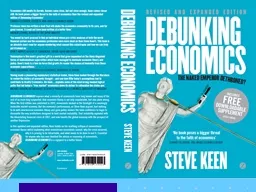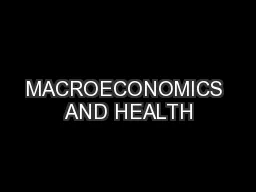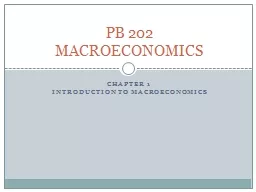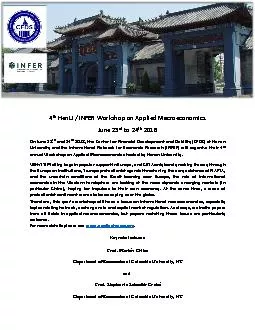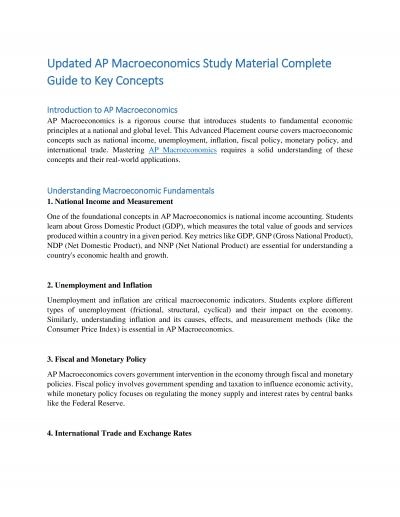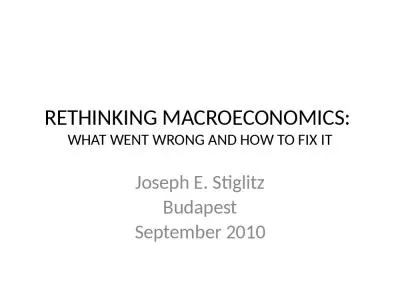PPT-RETHINKING MACROECONOMICS:
Author : lois-ondreau | Published Date : 2018-10-25
WHAT WENT WRONG AND HOW TO FIX IT Joseph E Stiglitz Adam Smith Lecture European Economic Association Glasgow August 24 2010 Outline The failures of the existing
Presentation Embed Code
Download Presentation
Download Presentation The PPT/PDF document "RETHINKING MACROECONOMICS:" is the property of its rightful owner. Permission is granted to download and print the materials on this website for personal, non-commercial use only, and to display it on your personal computer provided you do not modify the materials and that you retain all copyright notices contained in the materials. By downloading content from our website, you accept the terms of this agreement.
RETHINKING MACROECONOMICS:: Transcript
Download Rules Of Document
"RETHINKING MACROECONOMICS:"The content belongs to its owner. You may download and print it for personal use, without modification, and keep all copyright notices. By downloading, you agree to these terms.
Related Documents

